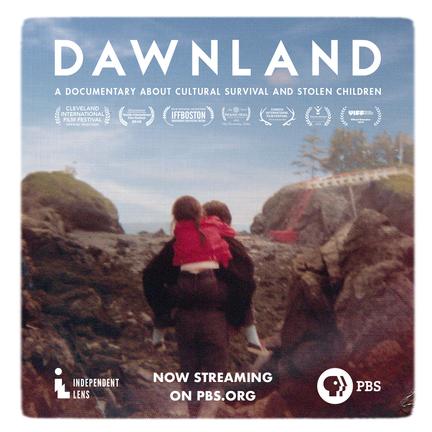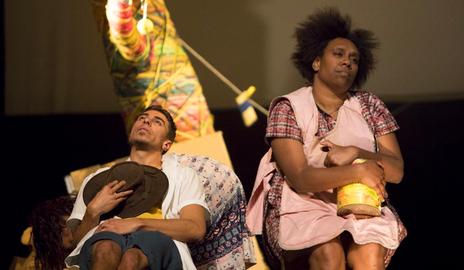
1 minute read
Theissue,today:NorthAmerica
ByMichaelaChen
Despite small steps made toward the improvement of Indian Americans’ lives, many continue to struggle against the overwhelming disadvantages that have been placed in front of them since birth. These disadvantages can be seen in factors as simple as education. The Bureau of Indian Education, or the BIE, has been charged with providing education for children. Operated largely under the federal government, BIE schools are often the only access that Indian children have to education, especially those who live in rural areas. However, proficiency reports of the BIE schools show that their quality of education is egregiously low, with many students lagging behind the national standard by multiple grade levels. This tragically recalls the terrible conditions that Indian children endured in boarding schools of the past. And although the US government has long promised to reform the program, changes have not been significant, leaving generations of Indians uneducated and unable to rise out of the poverty cycle. From xenophobic boarding schools to inferior education, Native American children have been disadvantaged in American society from the start Unfortunately, this is not something that can be confined to the past, but continues to be a struggle today.
Advertisement

Today, Native American tribes are yet to recover from many of the trials they have experienced. Living in ill-maintained reservations, they face a cycle of poverty and vulnerability that is almost impossible to overcome. This is in large part due to their lack of control of their own land. Much of the reservation land is owned by the federal government, despite the sovereignty of the tribes. In addition, the majority of the land is shared among the people in the tribe, meaning that there are little to no private property rights. This is due to the communal culture and way of life that Indians have practised for hundreds of years. However, because of the setup of the legal structure, the implications of this can be extremely harmful. The lack of land ownership makes it difficult for Indians to improve their standard of living by developing their land and homes. It also hinders them from simple privileges such as investment in or inheritance of their lands. The current legal framework makes it extremely difficult for Native Americans to overcome these challenges, leaving Indian tribes as some of the most impoverished demographics in America today.




